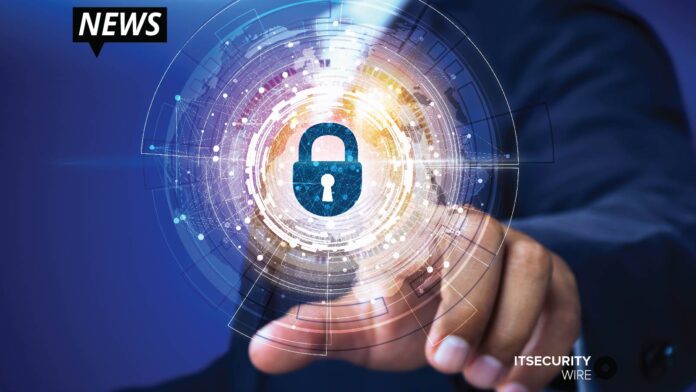– Launch of the development of the IEEE P1901b standard for the use of HD-PLC ™ in smart grids and factories-
The HD-PLC Alliance * 1 has started its standardization work that will allow the use of enhanced network security functions, with the aim of using HD-PLC (High -Definition Power Line Communication) in the fields of smart electricity grids and distributed energy management.
HD-PLC ™ technology * 2 (hereinafter referred to as HD-PLC) has already been standardized in the IEEE 1901 standard (Broadband over Power Line Networks for MAC and PHY) by the IEEE Standards Association * 3. This technology is of particular interest in Europe as a communication infrastructure that can be used for distributed energy management. Therefore, current security functions will be improved and extended, including making the technology compatible with strong authentication functions, required for use in large scale networks.
Today’s HD-PLC technology provides extremely high device-level security, including continuous encrypted communication and authentication between compatible devices. However, in order for PLC equipment to be used in large scale systems, it must meet various advanced security requirements required from the network operation side.* 4 in September this year to create specifications for this purpose, and the first meeting of the working group was held this month. The HD-PLC Alliance plays a central role in developing these specifications, working with member companies and system integrators.
Read More: How Artificial Intelligence plays a significant role in cybersecurity
Last year, the HD-PLC Alliance led the development of the IEEE 1901a standard, a next-generation HD-PLC specification for the Internet of Things (IoT). This standard is attracting interest because it defines a communication infrastructure technology for IoT services which are increasingly popular. The security functions that will be refined as part of the IEEE P1901b project will go a long way in improving the security not only of the large-scale systems mentioned above, but also of IoT networks already using the IEEE 1901a standard in places such as offices and the factories.
In addition, by developing an international standard, it is expected that HD-PLC communication technology will be increasingly deployed not only on power lines but also on all types of metal wires and coaxial cables. It is also hoped that the gain in range and communication speed that will become possible through the use of this technology will accelerate the use of IoT communications. This includes in particular the construction of large-scale networks, covering not only living spaces but also social infrastructures such as office buildings and factories.
In addition to the interoperability certification services, which it currently implements for the third generation of HD-PLC Complete specifications, for HD-PLC inside, and for the international standard ITU-T G.9905 on hopping functions multiple, the HD-PLC Alliance will continue to promote HD-PLC technology by creating new standards for the next generations and expanding the test environments as well as the use of certification logos to certify the interconnection of HD devices. -PLC compliant with the IEEE 1901 standard.
Read More: How Artificial Intelligence can be deployed to enhance cybersecurity
|
* 1: |
Created on September 25, 2007 in order to extend the use of High-Definition Power Line Communication (HD-PLC) technology and to ensure communication compatibility. |
|
|
* 2: |
HD-PLC ™: A trademark or registered trademark of Panasonic Corporation in Japan and other countries. |
|
|
* 3: |
IEEE Standards Association: Association for standardization within the Institute of Electrical and Electronics Engineers (IEEE) |
|
|
* 4: |
IEEE P1901b: IEEE standard for broadband via power distribution networks: Specifications of the medium access control layer and the physical layer – |
|
|
Amendment: Authentication and Authorization Improvements |
The text of the press release resulting from a translation should in no way be considered official. The only authentic version of the press release is that of the press release in its original language. The translation will always have to be compared to the source text, which will set a precedent.









